
There are numerous reasons you might want a stove including:
Saving money - particularly if you use oil heating and have a cheap or free source of wood.
Increased Efficiency - if you already use an open fire then a stove would be far more efficient, up to around 80% efficient compared to 20-30% for an open fire. You can hence burn the same amount of fuel and benefit from more heat or burn far less fuel for the same amount of heat.
Aesthetics - a stove can be an excellent centrepiece for a room, it's not unusual for owners to find themselves watching the flames in the stove and talking to each other rather than watching TV in silence!
Cutting your carbon foot print - burning wood from renewable resources and replacing other fuels like coal, gas or oil will help cut your carbon footprint.
Heat Output
The first decision is how much heat you want to generate. Whilst it's tempting to purchase the largest that will fit in your room or burns the largest logs possible, you need to be realistic. Too small and it won't heat your room enough, too large and you'll overheat or need to limit the flow of air into the stove - burning fuel inefficiently.
Heat output is measured in kilo watts (kW). 1 kW is the equivalent of a one bar electric heater. A normal double radiator (e.g. 600mm x 900 mm) gives out about 1.5kW. An estimate in kW is (volume of the room in meters cubed) / 14. Stoves are available ranging from roughly 3kW to 15kW.
Fuel Type
If you want to be able to burn both wood and coal, you need a multi-fuel stove. If it's just wood, a wood burning stove should meet your needs.
Once you've worked out the heat output required and fuel type, you can then decide on factors such as style (contemporary or modern?), do you want to also heat hot water (i.e. a boiler stove), do you want a standalone or inset stove (one built into a fireplace).
As with most products, manufacturers also aim to differentiate their models with features such as 'airwash' and 'clean burn' stoves (these terms are defined below).
Externally a wood burning stove and a multi -fuel stove may look the same, in fact a number of manufacturers produce wood and multi -fuel versions of the same model. It is inside the stove that you will notice the key differences.
A multi -fuel stove will have a grate inside which raises the fuel up and allows air from the primary air inlet to flow through the fuel. A grate can be 'static' with no moving parts and usually cast in a single piece or 'riddling' which is designed to move or shake, usually by pulling a lever. The majority of riddling grates are now operated externally with the fire door closed, reducing the likelihood of ash entering the room. By riddling the grate, the ash will fall into the ash pan which sits beneath the grate. The ash pan is the second main difference between a multi -fuel and a wood burning stove. It simply catches the ash that falls through the grate and can then be removed from the stove so that the captured ash can be disposed of, usually into a bucket or more conveniently into an ash carrier.
Stoves designed to burn solely wood simply have a flat surface inside the stove which allows the wood to burn in a bed of ash, this is the best way to effectively burn wood. The lines have been blurred slightly by some Scandinavian stove manufacturers who have included small central static grates in some of their models, however the surface area of the grate is not large enough to allow sufficient air through to burn coal, therefore, these models have simply been designed for easier cleaning.
Traditional multi fuel have been designed and tested to burn wood as efficiently as other solid fuels.
For years stoves produced in UK have been configured for multi - fuel burning because coal has been a traditional household fuel.
We always recommend that you should burn wood whenever possible because wood fuel logs are virtually carbon neutral and also sustainable. People burn mostly wood in a multi - fuel stove as it works out a lot cheaper than using of coal or smokeless coal.
Customers, however, do find it advantage to be able to burn an alternative to wood that they can get hold of quickly when they run out of their own seasoned wood or their wood supply is wet.
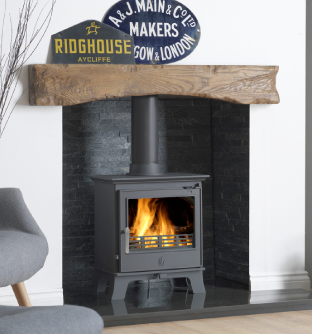
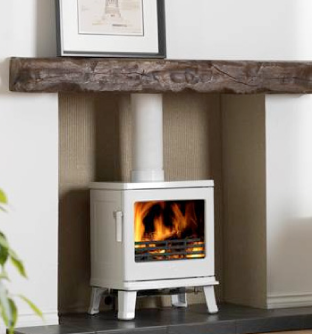
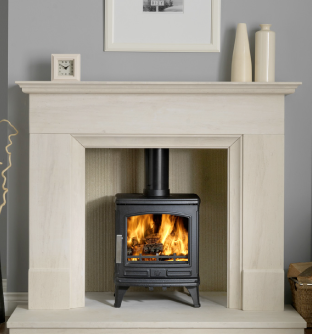
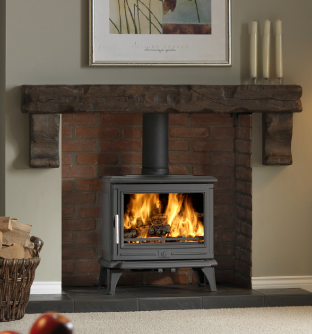
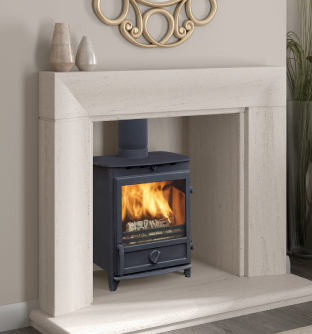
Our experienced and helpful staff will always be happy to assist you.
© Copyright 2017 i-promote.eu All rights reserved